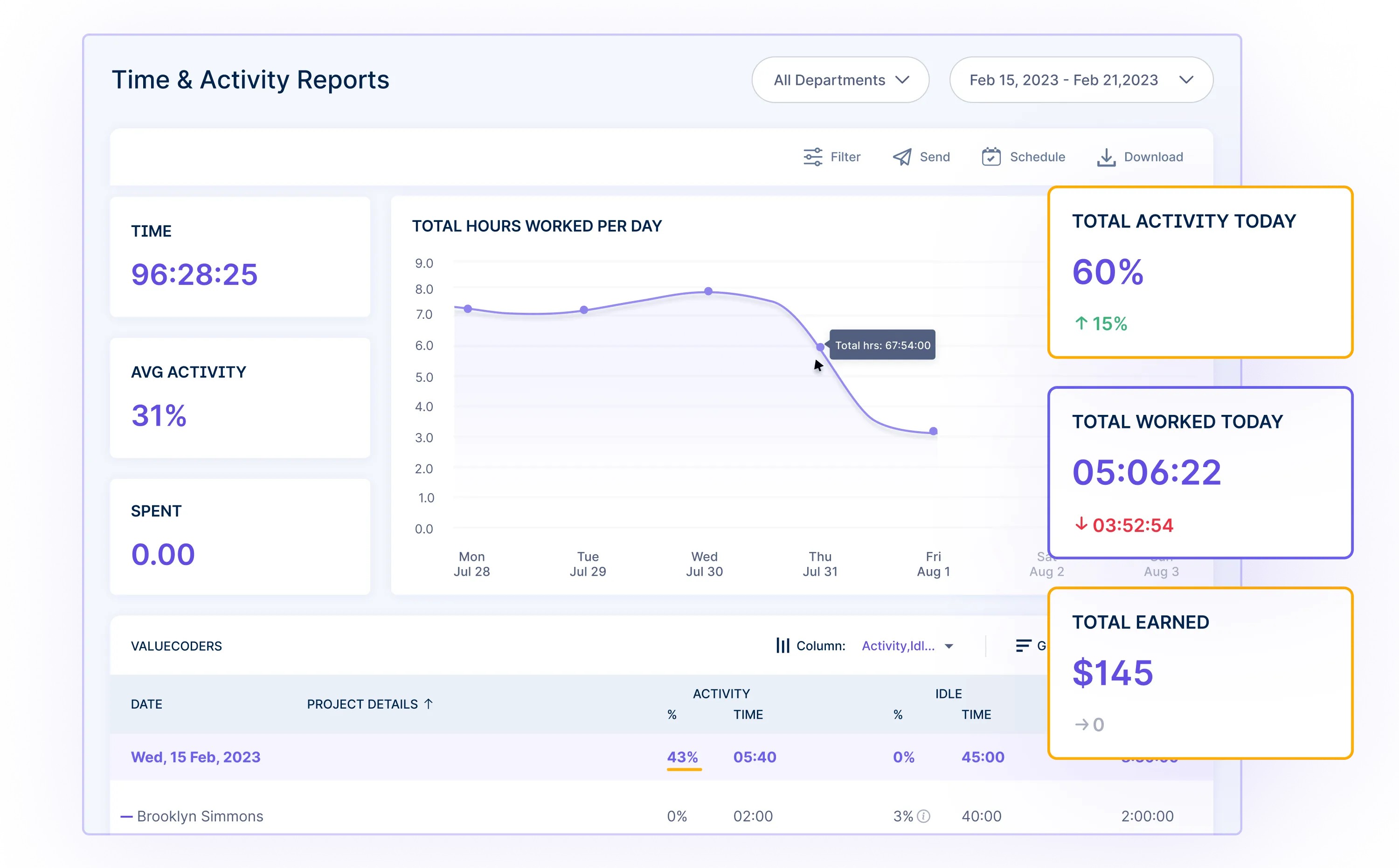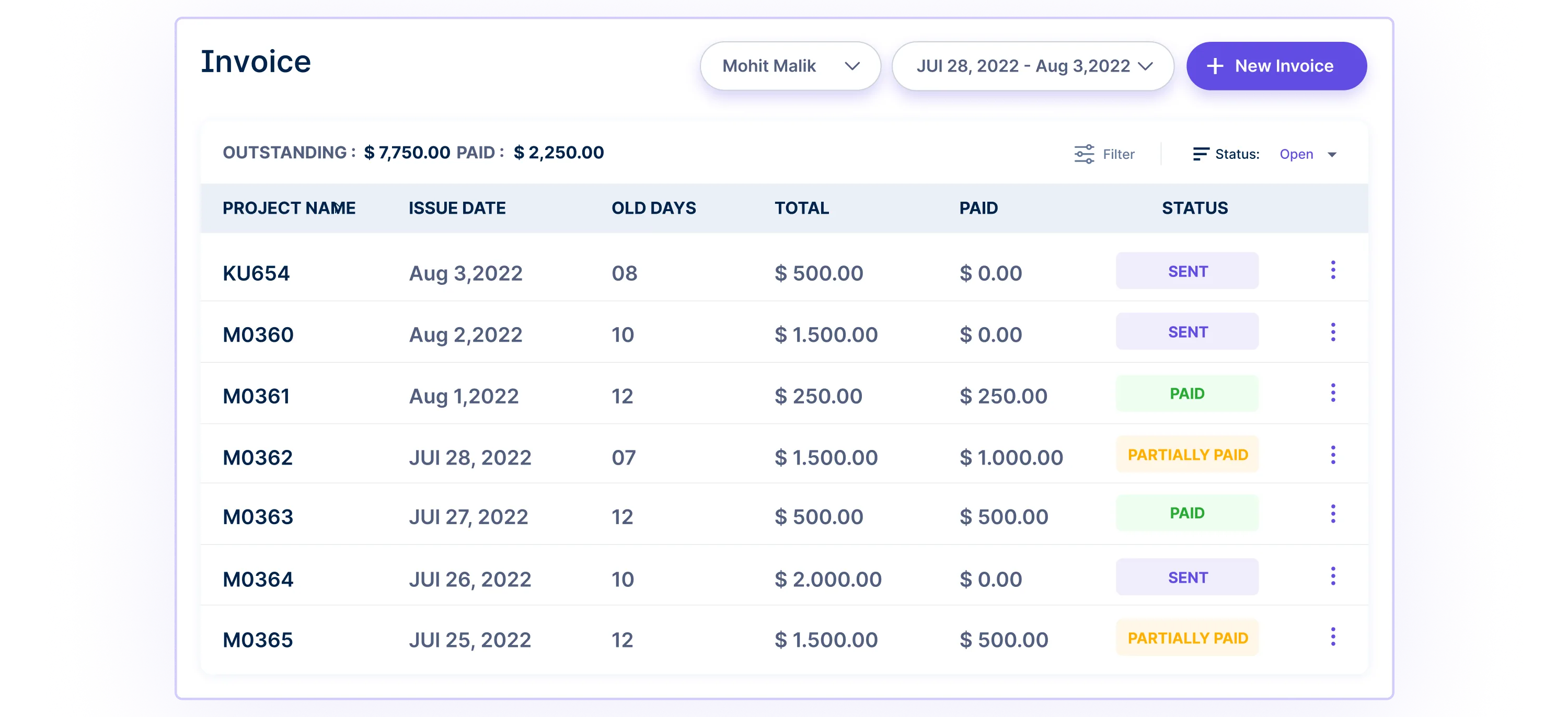Table of Contents
Introduction
In every business, it’s necessary to develop growth plans to face the next level of competition. For some companies, this stage comes at an early stage, while others may not face it for years.
When your business reaches this point, it’s essential to be prepared with a business development strategy that is tailored to the needs of your unique organization and helps you stay ahead of the competition.
When it comes to your business’s growth strategy, you can’t afford to wing it! You’ve got to ensure you’re taking care of all the bases, or else you may lag in today’s fierce business landscape.
That’s why it is essential to have a business development strategy that can lead to your business’s growth and help you accomplish your organizational ambitions and goals.
So, which strategies can help you grow your business?
Several growth plans and tactics will help you plan your long-term goals and get your business on the right track. This blog of growth strategy checklist will walk you through the five stages necessary to establish a solid growth plan for your business to make it flourish .
So let’s start with our first topic.
Measuring Growth With Workstatus
Workstatus is a comprehensive productivity and time-tracking platform designed to help businesses manage their remote teams more effectively.
By providing detailed insights into employee activities and project progress, Workstatus enables organizations to measure growth, enhance productivity, and make informed decisions.
Let’s delve into the key features of Workstatus that contribute to measuring growth:
1. Time Tracking

Workstatus offers robust time-tracking features that allow employees to log their working hours accurately.
It provides real-time data on when employees start and stop working, along with optional screenshots that can be captured at intervals, providing transparency into work activities.
Managers can easily track billable hours, monitor attendance, and identify areas where time is being spent inefficiently.
2. Activity Monitoring
![]()
The platform provides detailed insights into employee activities during work hours.
Application and URL tracking features help understand how time is allocated to specific tasks and projects.
By monitoring mouse and keyboard activity, Workstatus ensures that time spent is productive and contributes to project goals.
3. Project Management

Workstatus integrates with various project management tools, allowing users to associate time entries with specific projects and tasks.
Managers can set up budgets and track project progress, enabling them to measure growth in terms of completed tasks and achieved milestones.
4. GPS Tracking
![]()
Workstatus’s GPS tracking feature provides location-based data for organizations with mobile or field-based teams.
This feature is handy for businesses with on-site projects, enabling them to measure the time spent at specific locations and optimize workflows accordingly.
5. Productivity Analytics

Workstatus generates detailed productivity reports based on time-tracking and activity data.
These reports highlight key performance indicators, such as productive and unproductive hours, helping businesses measure and improve team efficiency.
6. Customizable Reports

Users can create customized reports tailored to their specific measurement criteria.
Whether analyzing individual performance or overall team productivity, Workstatus’s reporting capabilities make it easier to track growth metrics over time.
7. Integration with Third-Party Tools
Workstatus integrates with various tools, including project management, like Zoho, Trello, etc.
This integration allows businesses to consolidate data from multiple sources, providing a holistic view of operations and facilitating more informed decision-making.
8. Invoicing and Payments

Workstatus streamlines the billing process by allowing users to generate invoices based on tracked hours and project expenses.
This feature ensures accurate and timely payments and contributes to financial growth by optimizing billing processes.
What Do You Mean By Growth Strategy?
A growth strategy is a plan of action to increase sales and profits by expanding the business into new markets or new product lines. A growth strategy must include both short-term and long-term goals and specific steps that will help the business reach its objectives.
A business development strategy is a long-term plan that comprises short- and long-term objectives and precise actions to accomplish them.
The business plan is an essential part of a growth strategy because it provides direction and guidance for management and employees. It also assists businesses to compete in the market and gain new opportunities to excel towards new successive heights.
The growth strategy should be flexible enough to allow changes in circumstances but specific enough so that everyone in your business knows what is expected. Growth strategies should be realistic, with goals, and precisely planned to accomplish the futuristic ambitions of the company.
Let’s now understand
Why Are Growth Strategies Essential For Every Business?
Growth strategies are essential for every business because they provide a roadmap for how the company will increase its revenue, expand its customer base, and grow its market share. Businesses can quickly become stagnant and fall behind their competitors without a growth strategy.
Additionally, growth strategies can help businesses identify new opportunities and capitalize on them. Companies can ensure that they are always making progress by having a clear growth plan toward the desired goal.
Ultimately, Growth strategies are essential for every business because they are the key to long-term success. Without them, companies will struggle to survive in today’s competitive marketplace and may not be able to reach their full potential, leading to stagnation or even failure.
Now, it’s time to learn about the
Five tips that will help you develop your growth strategy and accomplish your goals
1) List down your long-term and short-term goals
As any business owner knows, goal setting is essential for success.
But what are the best ways to set and achieve business goals?
Before starting a business, it is essential to understand your goals and how you plan to achieve them. Listing down your long-term and short-term goals is a great way to start.
For example, your long-term goal might be to become the leading provider of your product or service in your city, while one of your short-term goals could be to increase sales by 20% over the next six months.
It is also essential to have a growth strategy in place. This could involve expanding your customer base, entering new markets, or launching new products or services. Having clarity on these goals and growth strategy will guide every aspect of your business—from generating a business name that resonates with your target audience to ensuring legal registration through a suitable business structure, such as an LLC formation, to enhance security and credibility.
Moreover, developing a growth strategy plan will help you identify your company’s strengths and weaknesses and determine what steps you need to take to achieve your goals.
When developing your business growth strategy, it is essential to consider customer needs and preferences, industry trends, competition, and other external factors that could affect your business. You will be better positioned to make informed decisions about how best to grow your business to meet customer demands and maximize your profits.
——————————————————————————————————————————————-
Also Read: 7 Stages of the Employee Life Cycle: From Newly Hired to Well-Deserved Retirement
——————————————————————————————————————————————-
2) Pick one task to work on at a time
A business goal is an objective that a company sets out to achieve. Growth strategies are how a company plans to achieve these goals. Picking one task to work on and focus on at a time is a popular growth strategy among small businesses.
The reason behind this strategy is that it allows businesses to remain nimble and adapt to change quickly. Picking one task also will enable companies to laser-focus their efforts on one specific goal, leading to greater efficiency and productivity.
Picking up only one task is also a great way to keep your business on track. If you have several tasks that need to be completed, getting overwhelmed and taking your eye off the actual goal can be easy.
However, by picking one task at a time, you’ll ensure that you stay on top of your responsibilities and focus on only one primary goal. This can lead to increased efficiency and productivity. It is also an excellent way to streamline business processes and avoid unnecessary overlap between tasks.
3) Use appropriate tools and medium
Once you’ve determined where to focus your efforts and what you want to achieve, it’s time to decide on the best tools and mediums for achieving success. There are all sorts of tactics that can be applied depending on specific objectives or goals.
Using appropriate tools and mediums to plan your business goals and growth strategy is essential for success. Without this, it can be challenging to achieve your desired results. So, if you’re serious about growing your business, make sure to use the right tools and mediums to help you get there. Such tools can include everything from business development plans to workforce management software. By using these tools, you’ll be able to streamline your growth strategy and develop a more effective, results-oriented plan for your business
4) Measure your progress constantly
Measure your progress constantly and stay proactive. Don’t just wing it. Instead, make a plan for how you’ll work towards your business goals and how you’ll measure whether you’re achieving them or not. Use actionable metrics to figure out what to change and what is working.
If you have no idea where to start, consider a workforce management software platform that can help your team focus on productivity and efficiency and eliminate tedious tasks to increase productivity and reach business goals faster.
Workforce management applications allow businesses of all sizes to streamline tasks with time tracking, reporting tools, project management capabilities, and more. This allows businesses to be proactive instead of reactive when planning for growth.
Using workforce management software, businesses can set goals and measure progress in real-time to deliver the most successful possible business outcome. The best part is that it’s easy to use and can help you stay on track with your goals no matter how busy the day gets.
You just need to opt for the right tool, and half of your work will be done.
5) Accomplish your goals and celebrate together
After accomplishing your goal, it is now time to celebrate together. Celebrating your accomplishments with everyone can help you stay motivated and focused on achieving your business goals. When you celebrate your accomplishments, it gives you a sense of progress and momentum that can help you stay on track.
Celebrating your accomplishment could be as simple as throwing a party or hosting a virtual happy hour. Or you could go one step further and give out awards or recognitions to those who went above and beyond. Whatever you do, make sure you take the time to celebrate your team’s successes.
Celebrating your accomplishments can help build team morale and commitment to the company’s goal. It lets you share your successes with others, which can provide valuable feedback and encouragement.
You should always celebrate with a sense of pride and accomplishment, but also take some time to reflect on what you’ve learned and how you can improve in future projects so next time, the results will be even better, and the goal will be accomplished.
Moreover, it is a great way to show your appreciation for employees’ hard work and dedication. Celebrating accomplishments together can help create a positive environment where people feel motivated to do their best work.
These are the five tips that you must take into consideration while developing your growth development plan. It is important to analyze what works best for you and adjust accordingly so that you can effectively reach your goals.
—————————————————————————————————————————
Also Read: Strategic Human Resource Management: What is it and how can it benefit your organization?
—————————————————————————————————————————
Types Of Growth Strategies
The right growth strategies can help your business to expand its operations and increase its revenue.
Some of the most result-oriented strategies are shared below :
- Market Penetration: Growing market share in existing markets through increased marketing, sales, and distribution efforts.
- Market Development: Expanding into new geographical markets or customer segments.
- Product Development: Introducing new products or expanding the product line.
- Diversification: Entering new, untapped markets or product categories.
- Mergers & Acquisitions: Growing through acquiring other businesses.
- Joint Ventures & Strategic Alliances: Forming partnerships or alliances with other companies to jointly pursue growth opportunities.
- Organizational Development: Improving internal processes, systems, and structures to drive growth and efficiency.
It’s important to note that these strategies can be utilized in combination to provide an even bigger boost.
For instance, entering a new market may require both product development and joint ventures with local companies.
To ensure success, businesses should identify the right mix of growth strategies and develop plans to execute them effectively.
Next Step
Now that you know the five tips for creating a successful growth strategy, it’s time to map out your success.
You can get started by opting for Workstatus, the workforce management software to help you plan and manage your growth goals.
Workstatus is the best workforce management software because it helps you keep track of employee work hours, performance, and productivity. It allows you to monitor your business growth strategy with detailed reports showing your staff is performing, helping you identify areas for improvement and opportunities for increased efficiency.
Workstatus’s dashboard gives you a complete overview of your business so that you can make data-driven decisions about your company’s future growth. Workstatus is a great tool for helping you plan your business goals.
Some of the top features provided by Workstatus are
- Time Tracking
- Employee Monitoring
- Attendance Tracking
- Employee Scheduling
- Online Timesheets
- Geofencing
- Productivity Measurement
- Selfie Validation
- GPS Tracking
- Project Budgeting
- Detailed Reporting
So what are you waiting for
Start your free 7 days trial to get ahead of your competition and grow faster than ever before.
Closing Thoughts
By taking the time to plan your business goals, you’re putting yourself in a much better position for success. We hope these five tips will help you get on the right track.
And if you need more help along the way, subscribe to our growth strategy checklist. It’s packed with helpful information and resources that will guide you through every step of setting and achieving your business goals.
What is your next step to growing your business?
Let us know in the comment section.
Also, don’t forget to share this information with your friends.
We will catch you next time with another interesting blog.
Till then, keep reading and sharing.
Thank You !!











